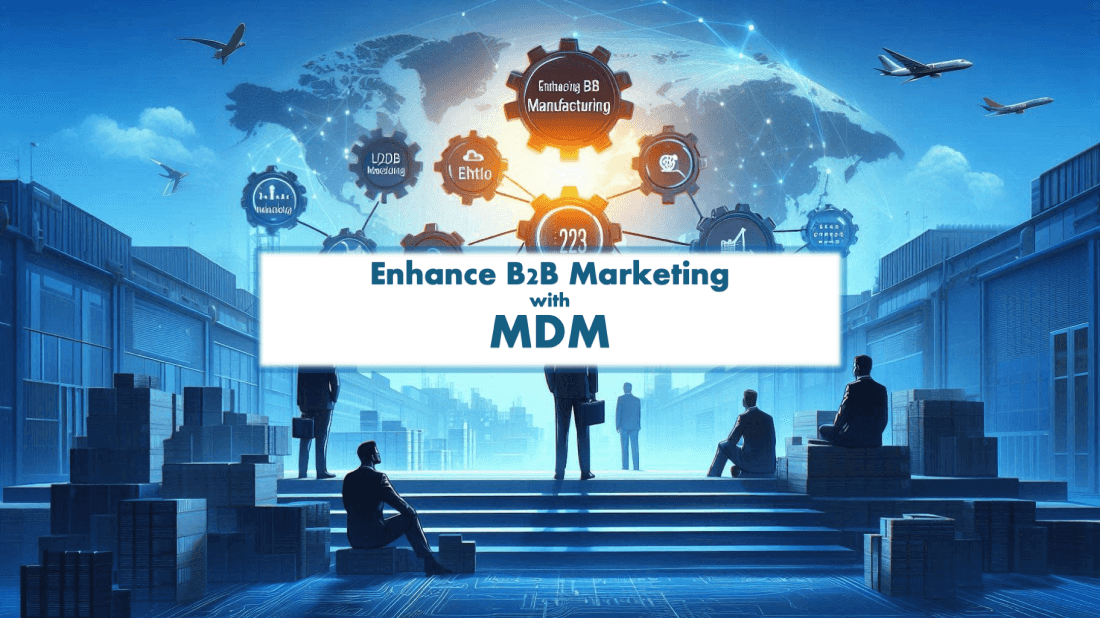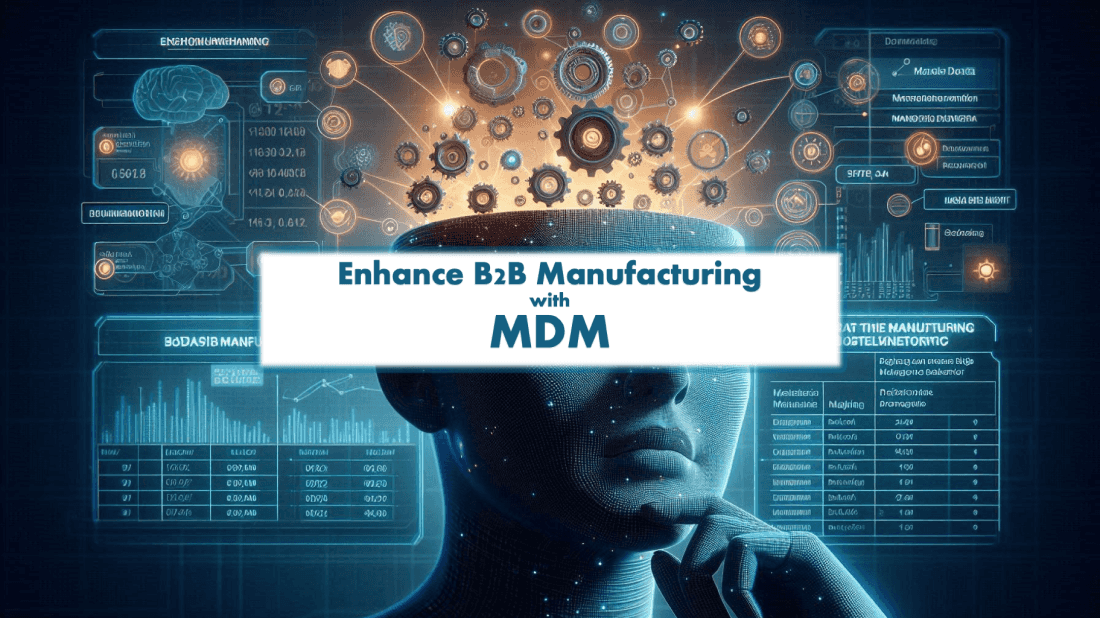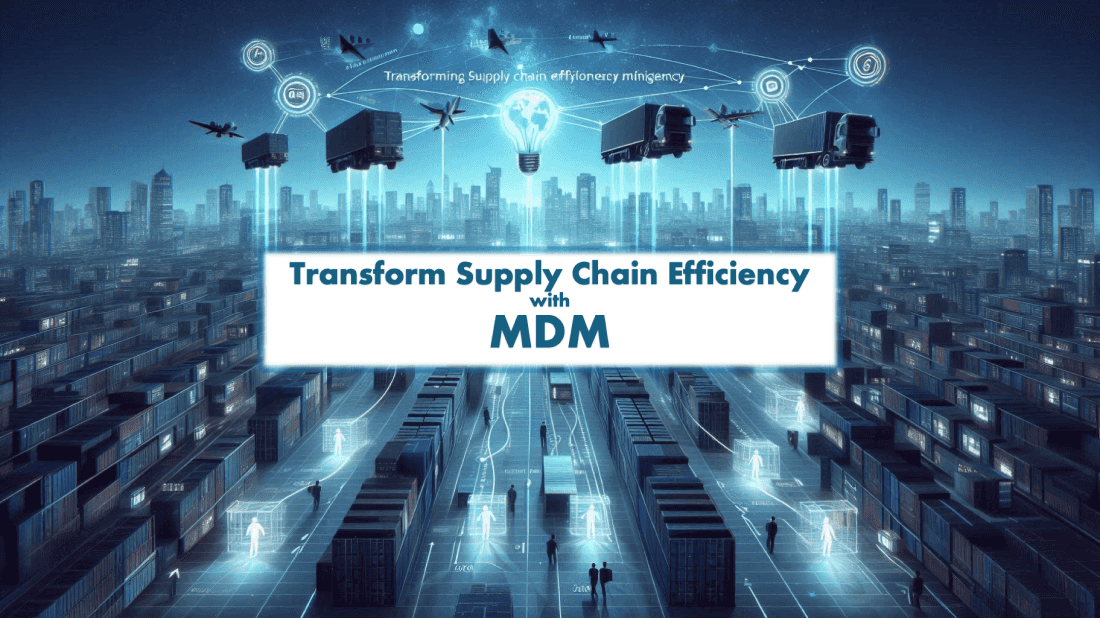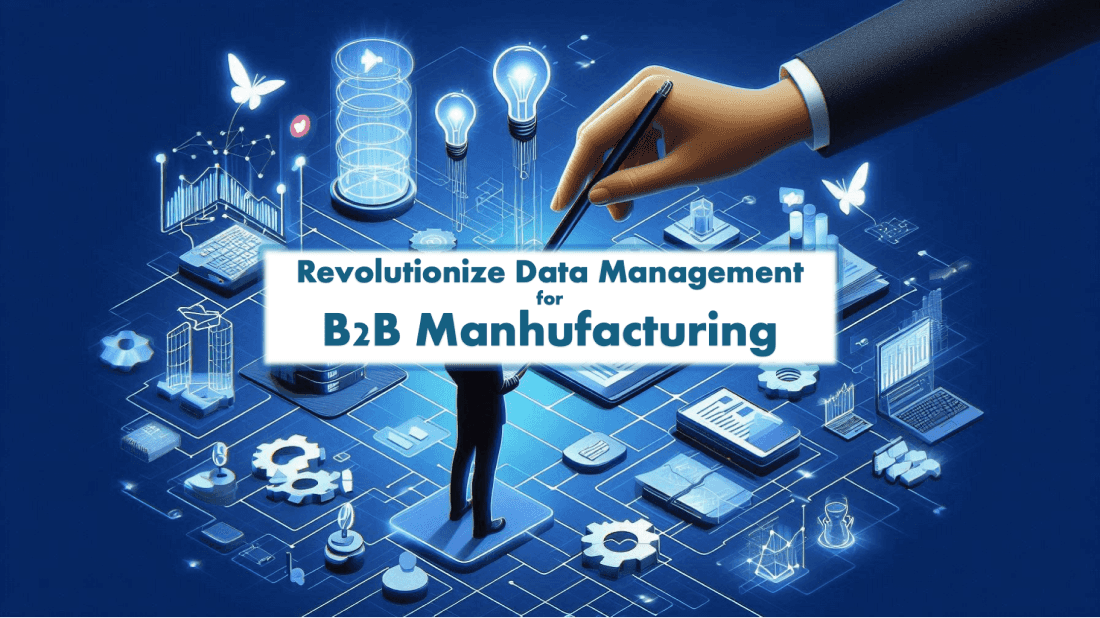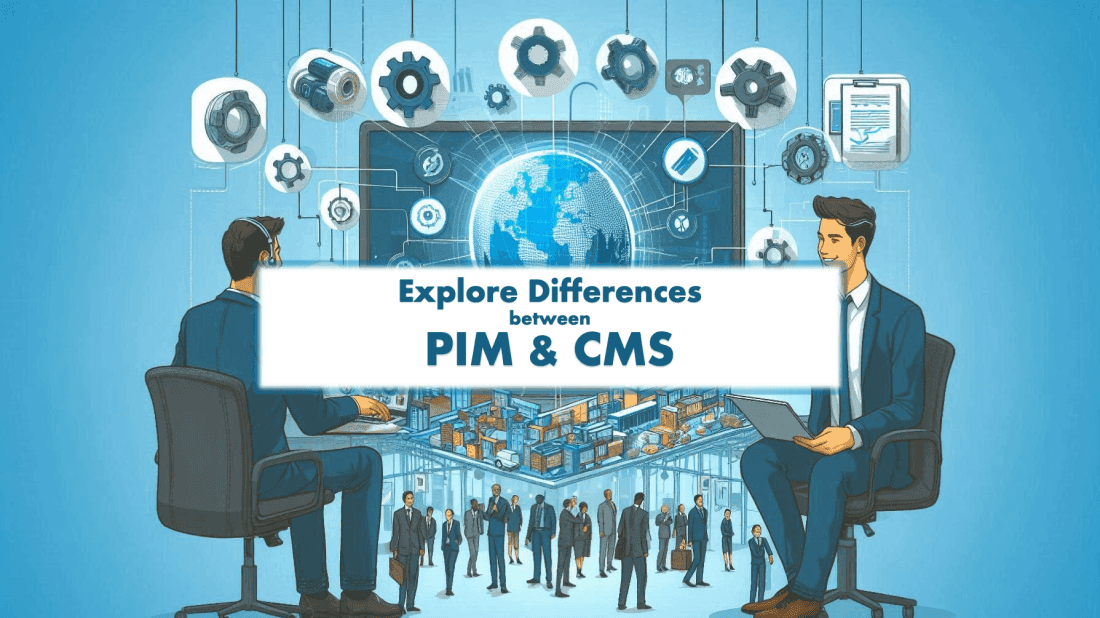Aug 28th, 2024
Master Data Management (MDM) solutions are complex and multifaceted, with components that address data integration, governance, quality, and security.
MDM solutions help organizations with large volumes of product, consumer, and financial data ensure the consistency, accuracy, and governance of the core data across the enterprise. But what is master data, and why should enterprises want to go the extra mile to manage it?
What is Master Data?
Gartner defines enterprise master data as “… the consistent and uniform set of identifiers and extended attributes that describes the core entities of the enterprise including customers, prospects, citizens, suppliers, sites, hierarchies and chart of accounts.”
Master data in a manufacturing company refers to the core data essential to operations, and almost all departments and systems use it. An example of product master data for a manufacturing company can include:
- Product ID: A unique identifier for each product.
- Product Name: The name of the product.
- Product Description: Detailed information about the product, including specifications, features, and usage.
- Product Category: Classification of the product. E.g., electronics and automotive parts.
- Bill of Materials (BOM): A list of raw materials, components, and assemblies required to manufacture the product.
- Supplier Information: Details about the suppliers providing raw materials or components for the product.
- Pricing Information: Cost, wholesale, and retail price of the product.
- SKU (Stock Keeping Unit): A unique identifier for tracking inventory.
- Manufacturing Process: Details about the processes involved in producing the product.
- Compliance and Certification: Regulatory compliance data and any certifications required for the product.
- Inventory Levels: Current stock levels, reorder points, and safety stock levels.
Key Benefits of Partner Enablement
For a company manufacturing automotive parts, the master data for a specific product, such as a car engine, may look like:

This master data is critical for various functions within the company, including procurement, production planning, inventory management, sales, and compliance.
Thus, the key components of an MDM may vary based on who you ask. If you ask the MDM managers, they will point to the different data types the MDM solution can manage. An MDM consultant may point to the components that define the MDM architecture. The end user may list the several different functions of the MDM that allow them to achieve their goals.
Data Components of MDM Solutions
Thus, one perspective can put the type of data an MDM system will handle as the critical components of the system. Your choice of MDM software may differ based on the type or types of data you want the MDM to handle.
For instance:
- Financial Data
- Consumer Data, and Product Data
- Employee Data
- Supplier/Vendor Data
You can use domain-specific MDM solutions to manage any one type of master data. In contrast, multi-domain MDM Solutions can manage multiple different types of enterprise data.
Components of MDM Solution Architecture
You can implement an MDM solution with different architecture styles based on the depth of your data and enterprise systems. However, it remains a combination of the following two components:
- MDM Hub: MDM hub is the central data repository storing the single true version of all enterprise data assigned to the MDM solution.
- Analytical MDM: This component feeds the data into the MDM data lakes (Hub) and other analytical systems. Thus, it is the master data view that will run the business intelligence and predictive analytics for the enterprise.
- Operational MDM: Operational MDM deals with the transactional data, i.e., individual data sources within the enterprise. This MDM solution ensures that all operational users of MDM data have the same view. Users can include departmental users from finance, sales, procurement, human resources, etc.
Functional Components of MDM Software
However, the critical components of an MDM solution can also be the functional modules that enable the system to have different features and capabilities. For instance:
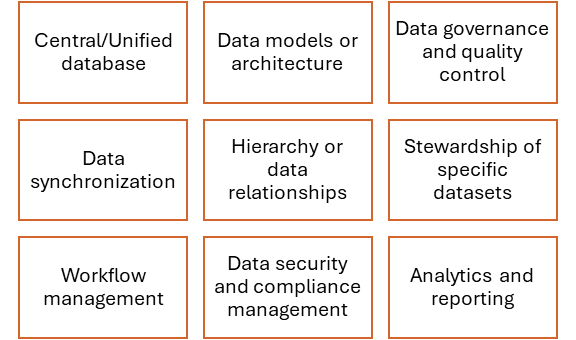
-
Unified View of Data
Data integration combines data from various sources and systems within an organization into a unified view. An MDM system might integrate data from multiple ERP systems, CRM platforms, and e-commerce databases to create a single, consolidated view of customer or product data.
-
Data Modeling
Data modeling involves designing the structure of the master data, including defining entities, attributes, relationships, and hierarchies. For example, a retail company might create a data model that includes entities such as “Product,” “Category,” “Supplier,” and “Customer,” with defined relationships between them.
-
Data Governance
Data governance ensures data management according to defined policies, standards, and rules. It includes data stewardship, data quality management, and compliance.
For example, a financial institution might implement data governance policies to ensure customer data complies with regulatory requirements such as GDPR.
-
Data Quality Management
Data quality management ensures that the master data is accurate, complete, consistent, and up to date. For example, an MDM solution may include data cleansing, deduplication, and validation tools to ensure that customer records are accurate and free of duplicates.
-
Data Synchronization
Data synchronization ensures that the master data is consistent across all systems and applications, updating in real-time or batch processes as changes occur. For example, if customers update their address on an e-commerce platform, the MDM system synchronizes this change across the CRM, ERP, and marketing systems.
-
Hierarchy Management
Hierarchy management involves managing the relationships and hierarchies within the master data, such as organizational structures, product categories, or geographic regions.
For instance, a global manufacturing company may use hierarchy management to organize products by category, subcategory, and SKU, reflecting their sales and distribution networks.
-
Data Stewardship
Data stewardship assigns responsibility for maintaining and managing specific datasets within the MDM system, ensuring data accuracy and compliance. For example, in a healthcare organization, a data steward might be responsible for managing patient data, ensuring it is accurate, complete, and compliant with healthcare regulations.
-
Workflow Management
Workflow management automates and controls the processes for creating, updating, approving, and distributing master data. For instance, a new product introduction process in a consumer goods company might require multiple departments (e.g., product management, marketing, supply chain) to approve and enrich product data before publishing to the sales channels.
-
Data Security and Compliance
Data security and compliance ensure that master data is protected from unauthorized access and complies with industry regulations. For example, a bank consumer’s financial data must remain under the local rules and security protocols. An MDM solution in the banking sector might include role-based access controls and encryption to protect sensitive customer information.
-
Analytics and Reporting
Analytics and reporting provide insights into the master data. Such reporting and analytics enable organizations to make data-driven and informed decisions. For example, a large retail organization needs to understand seasonal demands for its different markets to minimize wastage and improve store ROI.
The retailer can use MDM analytics to track product performance across different regions and channels, helping to optimize inventory and marketing strategies.
MDM for Enterprise Information Management
MDM helps organizations achieve a unified, accurate, consistent view of their master data. However, MDM needs several integrations to drive better decision-making and operational efficiency. Enterprises can reach their digital transformation goals by implementing the right combination of tools and MDM.
Product information management (PIM), digital asset management (DAM), and content management system (CMS) enable vertical integration of the MDM system. This combination offers a precise information pipeline for core data and integrates other departments for communication.
For example, marketing can create additional attributes for each product. Regional sales can add regional compliance and language attributes, etc.
Should You Implement MDM Solution?
A full-scale MDM solution is often suited only for a large organization with at least three data streams – consumer, product, and finance. However, smaller enterprises, like manufacturers, may have a lot of product data but not as much consumer or financial data to manage. If you are part of such an enterprise, you need PIM, DAM, and CMS than MDM software.
Few SaaS solutions offer such precise solutions with MDM as one of the modules. Neurologik’s ProductHub is one of the few SaaS solutions combining PIM, DAM, and CMS with MDM. It offers a complete product information flow from the supply side to the customer interface, i.e. website.
ProductHub enables you to manage your product master data and publish detailed attributes on the website’s product pages. Other functions ProductHub can enable for manufacturers are:
- Data enrichment
- Custom product bundles or solutions
- Faster cataloging
- Regional transformation of marketing and sales materials
- Locally compliant product document bundles
- Global collaboration for design and development
- Highly flexible, cost-effective, and scalable solution
Thus, ProductHub can enable superior collaboration, compliance, and a self-service portal for manufacturers. Explore more about the ProductHub software to know all the benefits your enterprise can draw from it.
